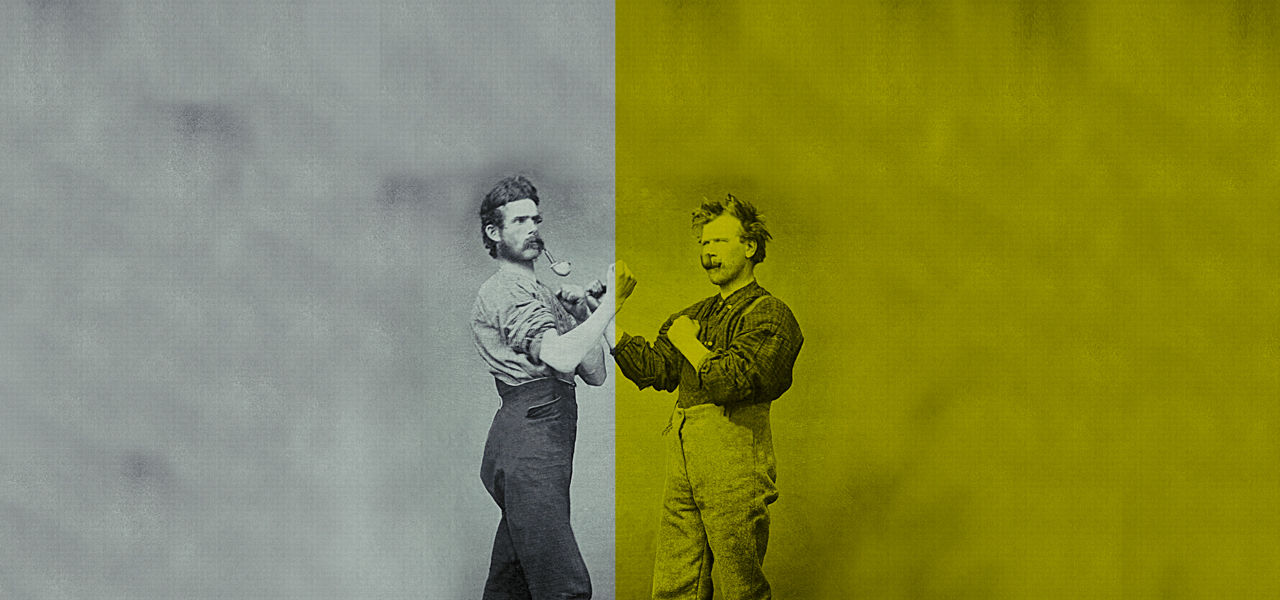
FORMAT
PROJECT
THE VIDEOCASSETTE
The Videotape Format Wars - Betamax vs. VHS
VHS -vs- Beta television commercial advertisement from
1984 during the Videotape Format Wars
Starting in the mid 1970s, two videocassette formats quickly fought for control over the home video consumer market. Betamax (made by Sony) and VHS (led by JVC and others) both came on to the scene at roughly the same time, and for several years, they seemed to live alongside one another complimentarily, if not harmoniously. It was short lived.
In the early 1980s, manufacturers of home video equipment and cassettes quickly divided themselves into two camps, the Betamax side and the VHS side. This involved such big name brands as Sony, Toshiba, Sanyo, NEC, Aiwa, Pioneer, JVC, Matsushita (later to become Panasonic), Hitatchi, Mitsubishi, Sharp, and Akai. Despite the fact that Betamax was widely considered the higher quality format, the VHS cassette soon reigned victor over the Videotape Format Wars in a calculated series of maneuvers.
Many critics cite that the format of VHS beat out Betamax through a highly efficient marketing plan and with predominantly lower prices on both VHS cassettes and recorders compared to those of Betamax. VHS machines were also cheaper to produce than the Betamax, and therefore, prices could be easily undercut depending on how the market was fluctuating. The selection of films available was much greater on VHS than on Betamax, and consequently, this not only hurt direct sales of Betamax cassettes ,but it significantly hindered video rental sales of the format, as well.
JVC had helped to pioneer the VHS format, and in the 1980s, they made a shrewd move by opening up a broader licensing policy. By licensing their technology to a number of other big consumer electronics companies, JVC was able to take in increased royalties on their video home systems. This helped to further the VHS cause as the market inflated and machines soon became so affordable that even video rental stores began buying up VCRs, while allowing their customers to rent the machines on a nightly basis. This trend only furthered the cause as consumers soon found meaning in the phrase: "Try it before you buy it." The public was soon hooked.
Sony Betamax television commercial advertisement from the
mid 1980s touting the superior picture quality compared to VHS.
For consumers, one of the biggest draws to VHS concerned the recording time. While Betamax cassettes could only record up to sixty minutes initially, VHS cassettes could record up to three hours of material. This was important considering the price of VHS cassettes at the time and the fact that Betamax cassettes were insufficient for recording a movie on to them, probably the main reason most consumers owned a recorder in the first place. By the time Sony got with the program and allowed more running time on their blank cassettes, it was too late. The damage had been done, and it was not long before the Betamax became extinct. All that remains today are mere remnants of the past.
